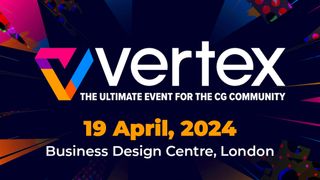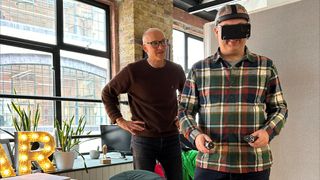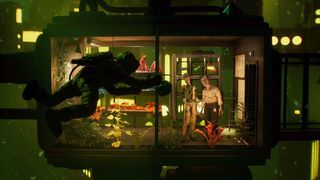Transparent machines is the latest piece from super-talented graphic designer Mike Winklemann aka Beeple. The 70-second, fast-paced short sees a number of small parts join together to create a huge machine, used to represent the conflicting concepts of transparency and privacy in our society
Here, Winklemann explains what prompted him to create it, the idea behind the film and how it was made...
Q: How did the project first come about?
The project actually started out with a totally different focus about a year ago. I'd wanted to make something that was more about how technology is sort of building itself and moving faster and faster.
Then one day, on a whim after months of building this huge machine that sort of builds itself, I decided to see what it would look like textured entirely in glass. I was instantly drawn to the look and knew this is how it should be styled. Right around this time there started to be a ton of news about Edward Snowden and all of the NSA and prism stuff and everyone started talking a lot about transparency.

Q: What's the idea behind the short?
The main idea is that we’re pretty quickly building these giant, powerful machines (Google, Facebook, NSA) with all of our personal data. We would like these machines to be transparent about what they are doing but we are really the only ones being transparent.
This video came as a reaction to friends and family complaining about privacy issues on Facebook
This video came as sort of a reaction to seeing friends and family who were complaining about privacy issues on Facebook, which, to me, seemed to be a bit contradictory. I think this is sort of something that’s inherently human, we want privacy but we also want to share our lives with others. Unfortunately sometimes these two desires come into conflict.
Q: What was the inspiration behind the look of the film?
I wanted the overall look to be very complicated and very quick because that is really how I see this issue. Things are changing very quickly as we share more and more of our data through new technology like smartphones and I also think this is a subject that is very complex.
I don’t really look at this as a video that's necessarily out to make Facebook or Google look bad - I actually think they're companies that are generally out to make the world a better place. But at the end of the day, they are also out to make money and I look at this as more of a like reminder of the reality of all of the info that we’re actually sharing.
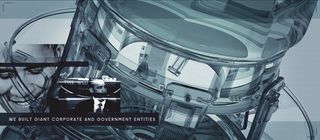
Q: Can you talk us through your design approach to the project...
The main process was to first design a section of the machine and then model it out using small pieces that could easily be animated being built. This required me to model things in such a way that there was not a lot of bigger complicated geometry, but more smaller pieces that made something complicated.
After that I tried to animate things in a way that there was always a number of things happening at once. This pacing took a lot of playing with and the final film is about three times faster than what I had actually animated everything at. After rendering it out and editing it to the music, I worked on coming up with some technical looking overlays in After Effects to help convey the complicated, imperfect message of the piece.
Q: What was the most useful piece of software?
The main software used was Cinema4D, that is where all of the modeling, animation was done and then I used V-Ray for the final render.
Cinema4D is pretty essential to most of the work I do and I would highly recommend it to anyone just getting into 3D work. Also, as I usually do, I’ve actually released the entire Cinema4D project file for this film under Creative Commons so people can pick it apart and see exactly how things were done.
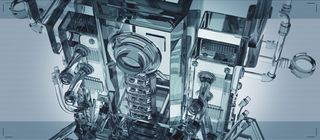
Q: What was the most impressive technical aspect?
I would say managing the large amount of geometry that needed to be individually animated was probably the biggest hurdle during the process. Unfortunately, to make it look as though the machine was building itself in more of an organic way, there was really no way to automate this process and every tiny piece of it needed to be animated “appearing” according to it’s shape and what would look best in relation to shapes around it.
Q: Did you use any new or notable techniques?
One of the things that many people have already commented on was that it must have taken a very long time to render because the entire thing was made of glass, which usually results in very high render times.
This actually wasn’t as bad of a render as you’d think as the environment was unusually sparse in that it had no lights or shadows at all. It also had no effects like global illumination or ambient occlusion, settings that are usually used to make renders look more realistic.

Liked this? Read these!
- Top free 3D models
- Best 3D movies of 2013
- Blender tutorials: ways to create cool effects
Have you seen any inspirational 3D work recently? Let us know in the comments...


